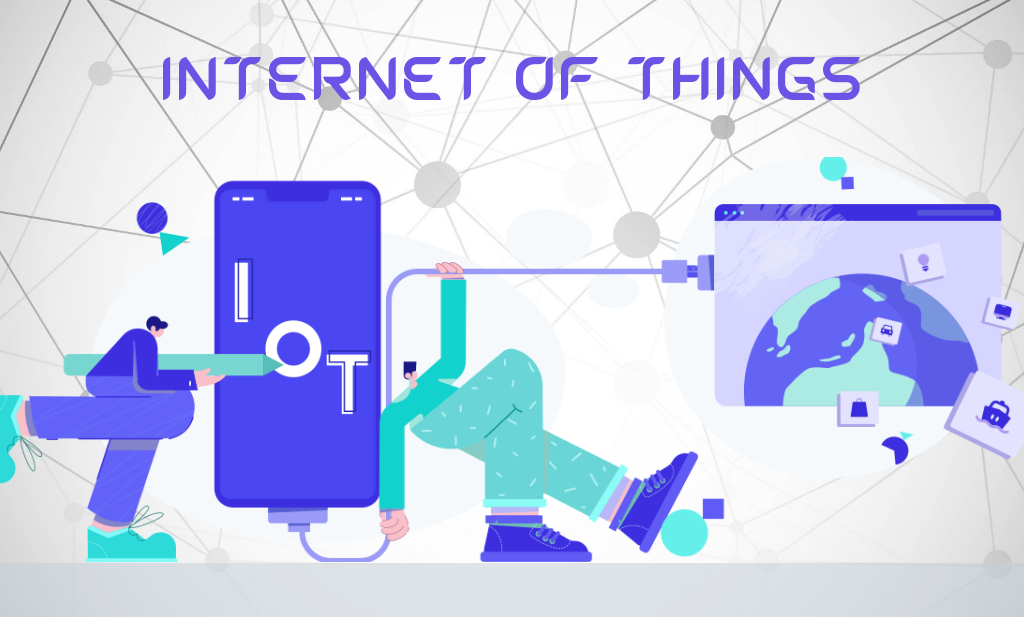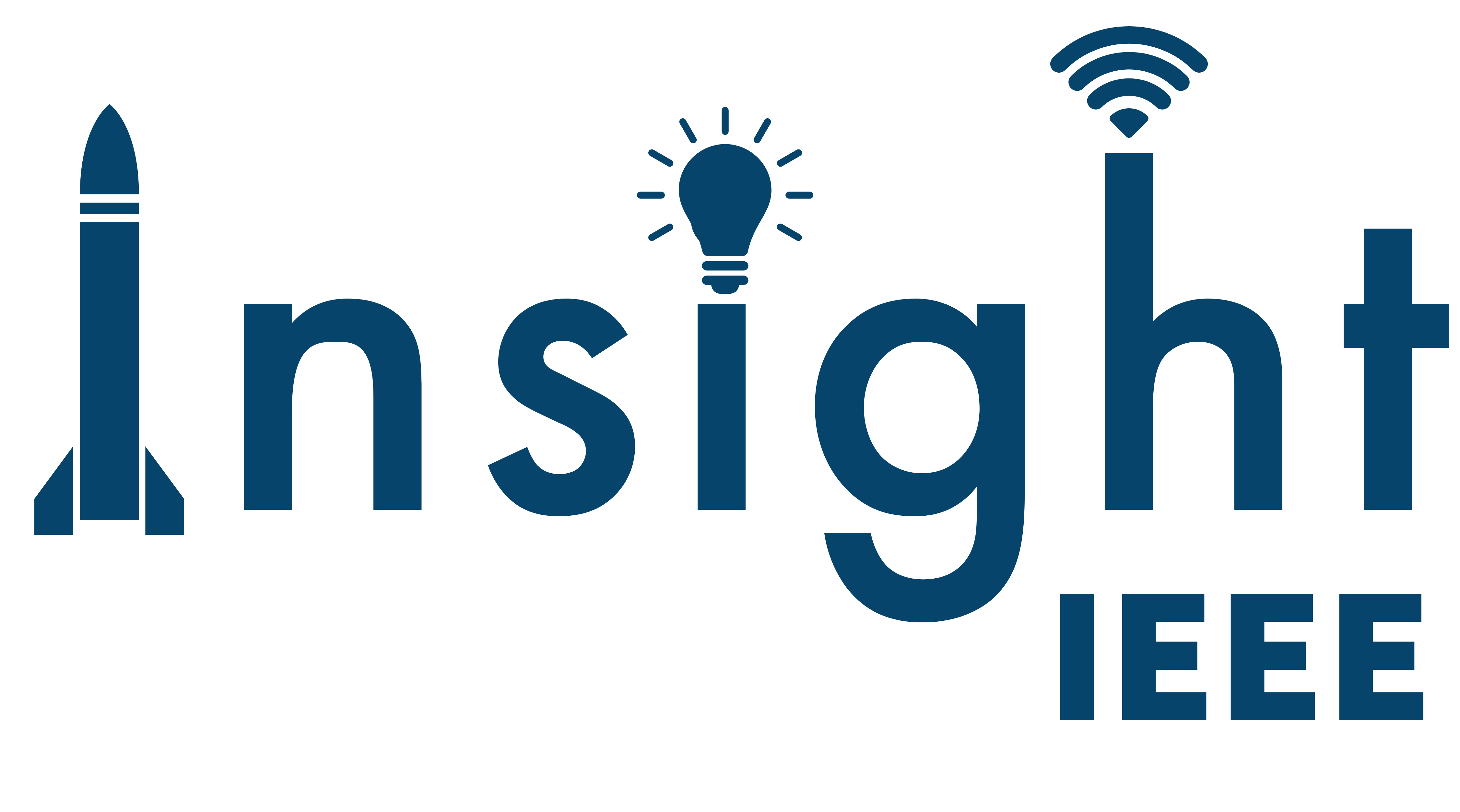Internet of Things

Have you ever wondered how a Fitbit on your wrist gets connected ?
This happens because of something called “Internet of things”. It is a system of interrelated devices connected to the internet to transfer data to and from one another. It is one of the most talked about technologies used in the world right now. Previously it was just possible to connect smart devices with each other but now due to IoT we can connect any “smart” electronic appliance through either Wi-Fi, Bluetooth, Wi-Fi Bridge or also by wired means.
Ever heard about “Smart Homes” ?
Yes, there are smart homes as well which are made “smart” by using none other than IoT. Smart homes can have their AC’s, Doorbell, thermostats, security alarms, smoke detector, refrigerators and water heaters interconnected to each other to share data to the user over a mobile application so the user can get detailed insights into the working of the devices around him/her; and these devices can be controlled by one or more than one user by a smart device.

Have you ever left your bedroom lights on before leaving home and then suddenly realized that you have left the lights on ? No worries now you can control the lights from your smartphone and from anywhere and can switch them off and help save electricity. This has been made possible by IoT.
What are IoT devices ?
There are 2 types of IoT devices: General devices and Sensing devices. The general devices are the main components of the data hub and information exchange and they are connected through wired or wireless means. Home appliances are a classic example of general devices. On the other hand, sensing devices are the sensors and actuators that measure the temperature, humidity, light intensity, and many other parameters. They are usually connected through wireless means.

How are these devices connected ?
These devices are connected to the network with the help of some gateways. These gateways or the processing nodes process the information collected from the sensors or actuators and then transfer it to the cloud. Now the cloud acts as both the storage and also the processing unit. Actions are performed on the collected data for further learning and inferences. Wired and wireless interfaces like Wi-Fi, Bluetooth, Zigbee, GSM’s (Global System for Mobile Communications) and many more are used to provide connectivity to ensure its ubiquity. The applications need to support a diverse set of devices and communication protocols. From tiny sensors capable of sensing and reporting the desired factor to powerful back-end servers that are utilized for data analysis and knowledge extraction.


How does IoT work ?
Let us understand this by an example. Let’s consider that we have to water our garden when the moisture level in the soil drops below a certain threshold. Instead of doing it manually we could do this by IoT. The sensors and actuators in the field which are installed gauge the soil for its moisture. And then this information is sent to the IoT gateway with the help of communication protocols like MQTT (runs over TCP/IP) or HTTP (Hypertext Transfer Protocol) which are mostly used. The gateway significantly aggregates data and feeds it to the cloud with the help of Wi-Fi LAN. Once the moisture drops the system is immediately triggered and the sprinklers are turned on. However with the information stored in the cloud a detailed analysis of factors like the time of the day the sprinkler was turned on, the rate at which the moisture in the soil reduces and so on can be monitored and the report could be sent to the user’s smartphone over an app. Yes, it is that convenient.

Where is it used ?
With improved response monitoring and analytical capabilities, IoT is being adopted in almost all industries and domains hence opening doors to endless applications. Today IoT is being used extensively to lessen the burden on humans. IoT is deployed for smart homes, smart watches and bracelets, smart cars, smart farming, smart retail, smart grids, smart city, and smart healthcare, to name a few. With such a wide spectrum of applications the future of IT looks more promising than ever before. In 2019 there were about 29 Billion connected devices all around the globe which was more than triple the world population. It is estimated to be 80 Billion in the year 2025. IoT is a vision to connect all the devices with the power of the internet, always learning and always growing.


The integration of IoT with other technologies like Cloud Computing, Machine Learning and Artificial Intelligence is paving the way for many new and exciting innovations and this would definitely change the world for the better.
Note : Utmost care has been taken to credit the original authors/sources and to make these as apt as possible.


 Never miss a story, subscribe to our newsletter
Never miss a story, subscribe to our newsletter